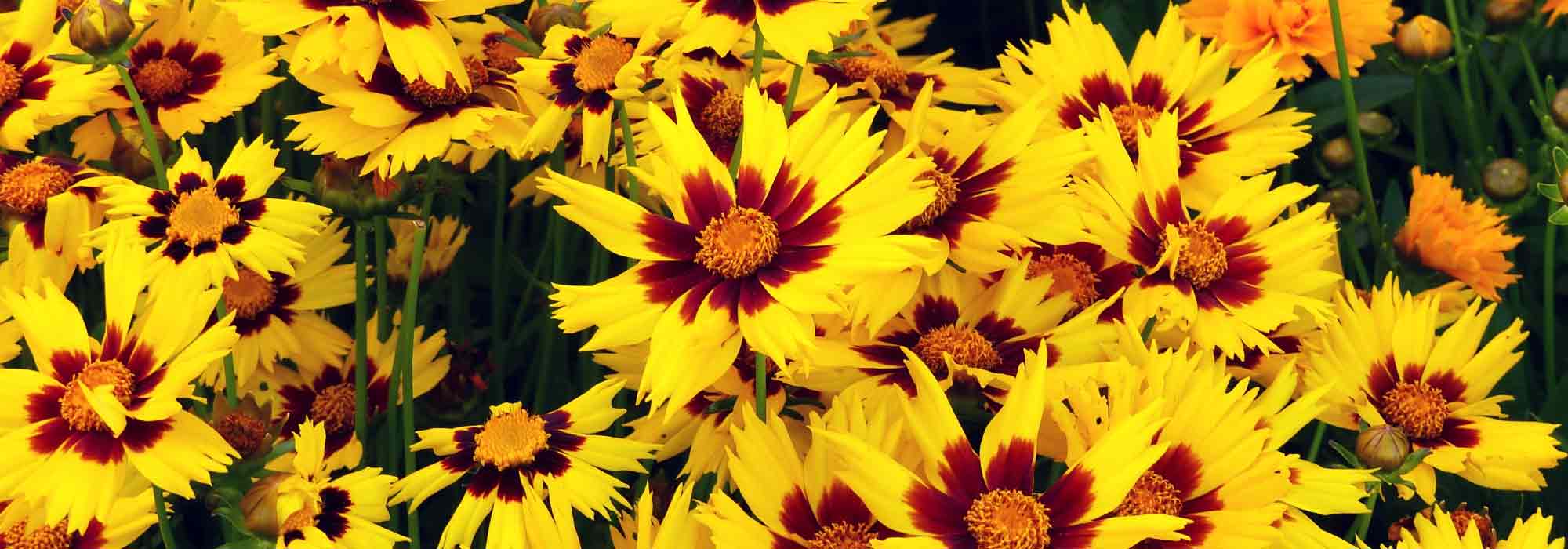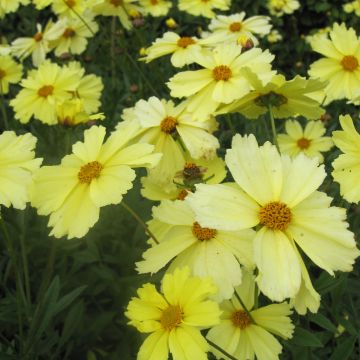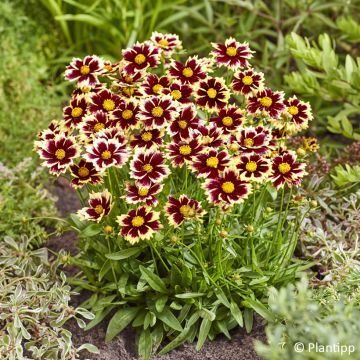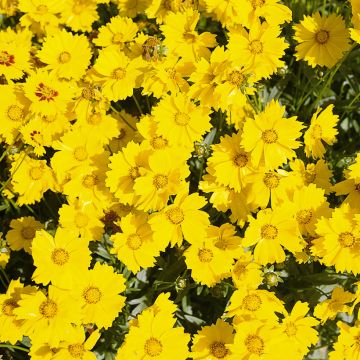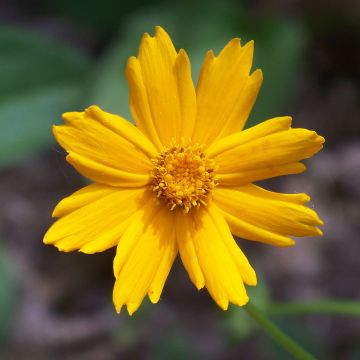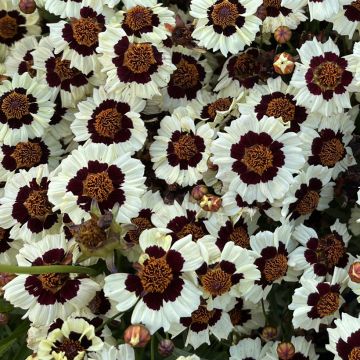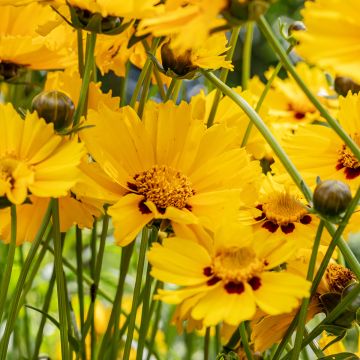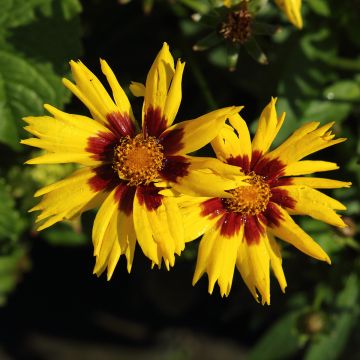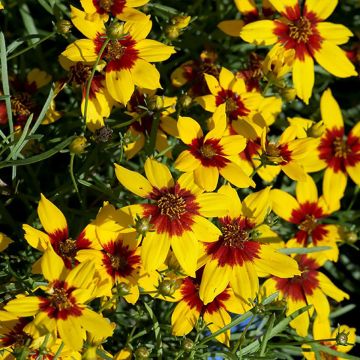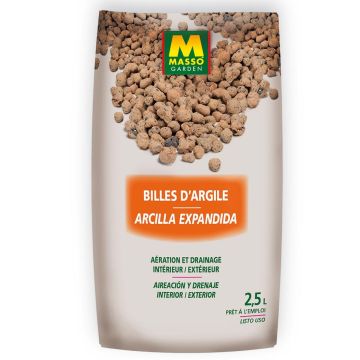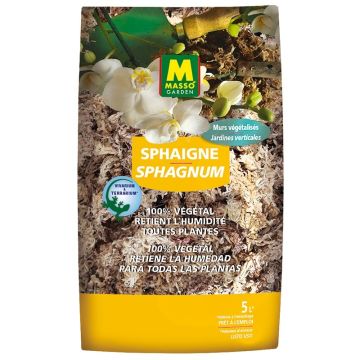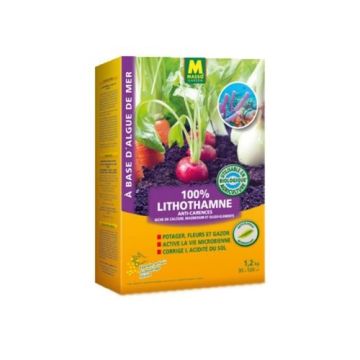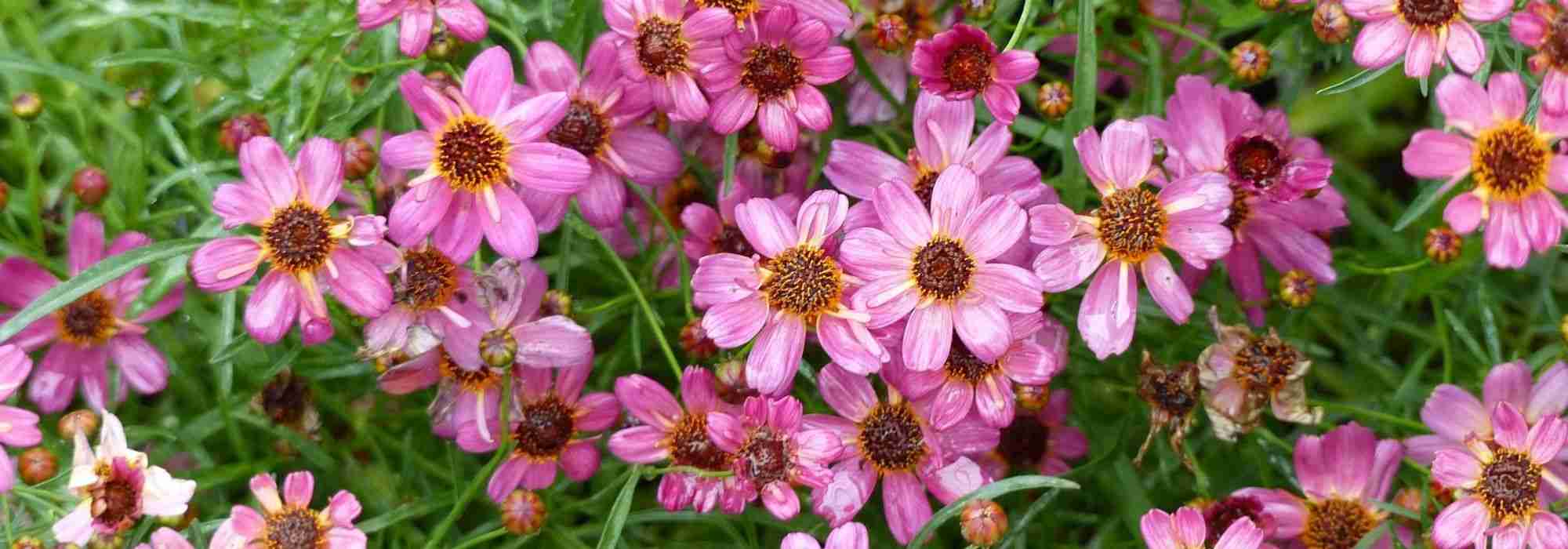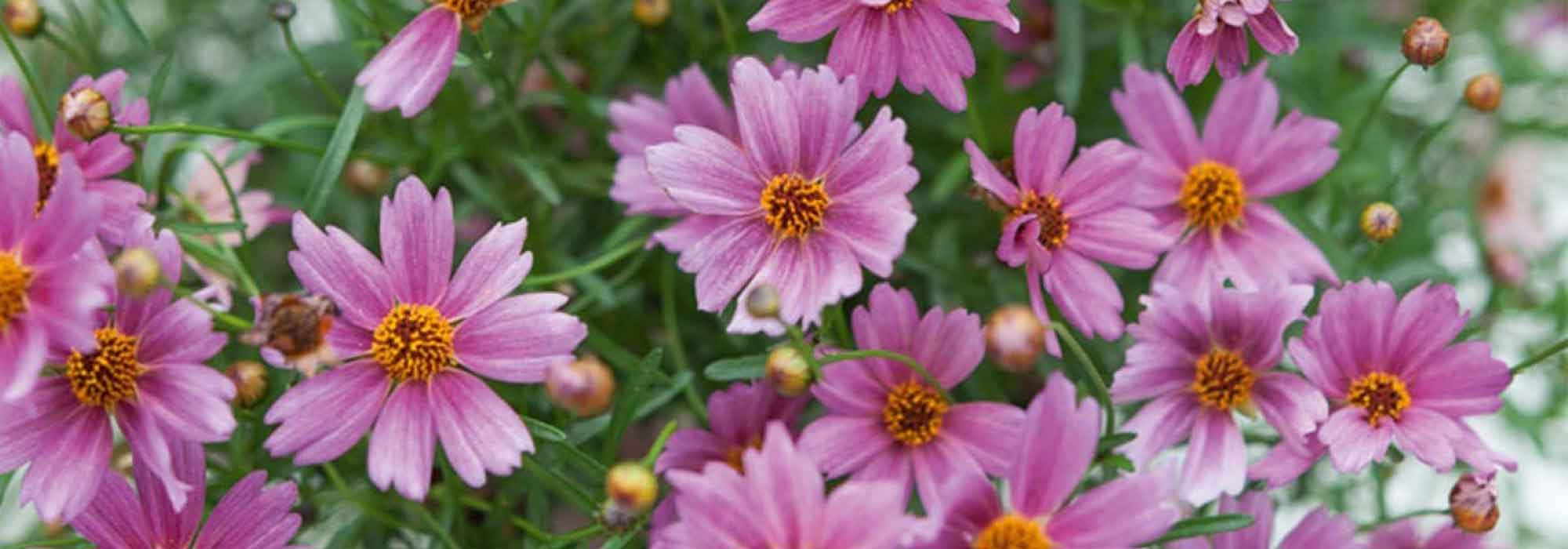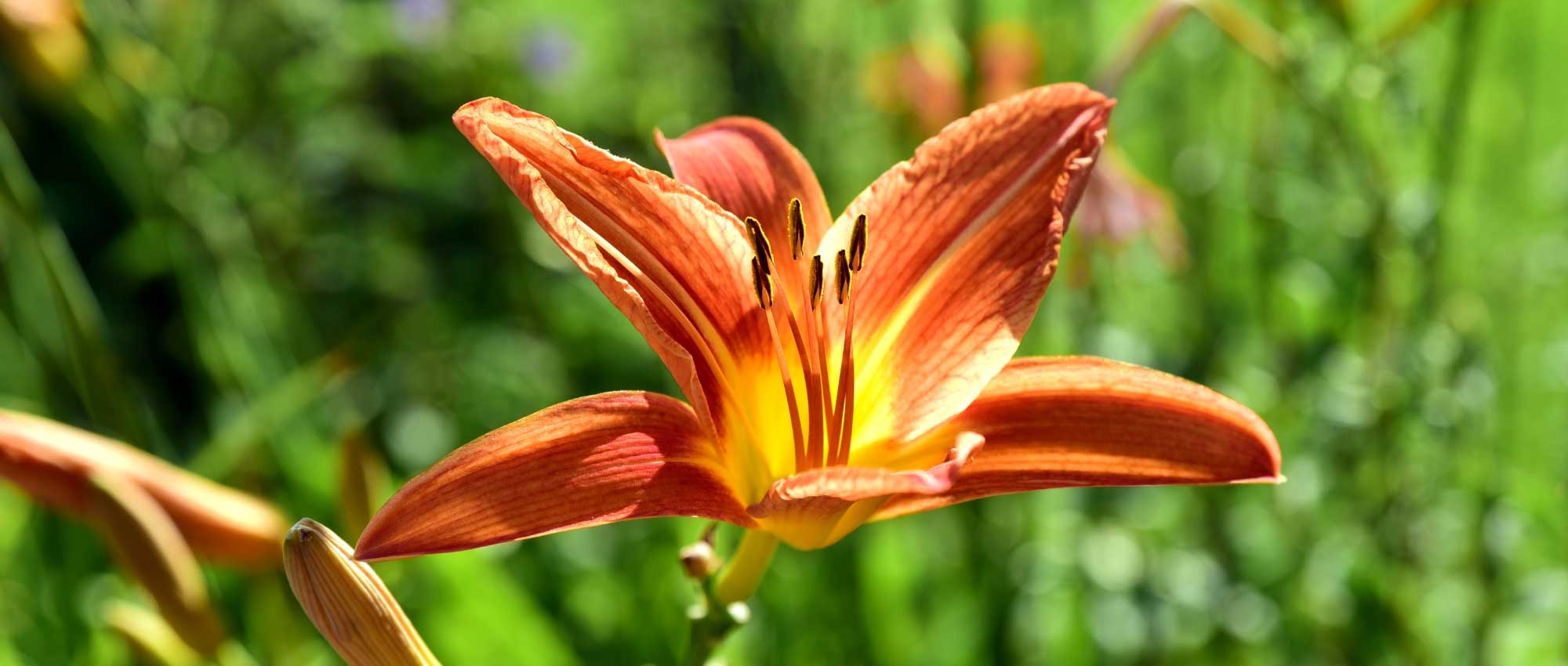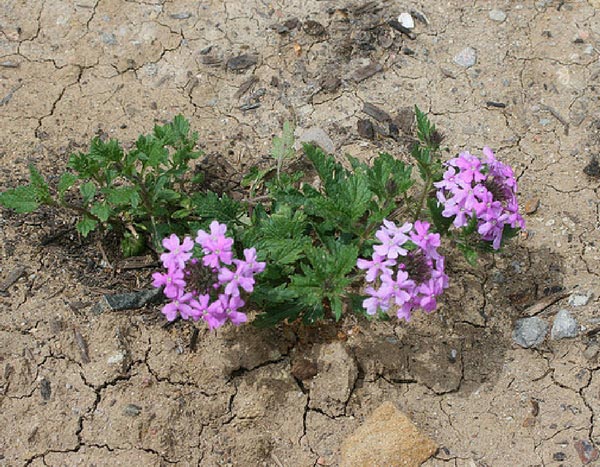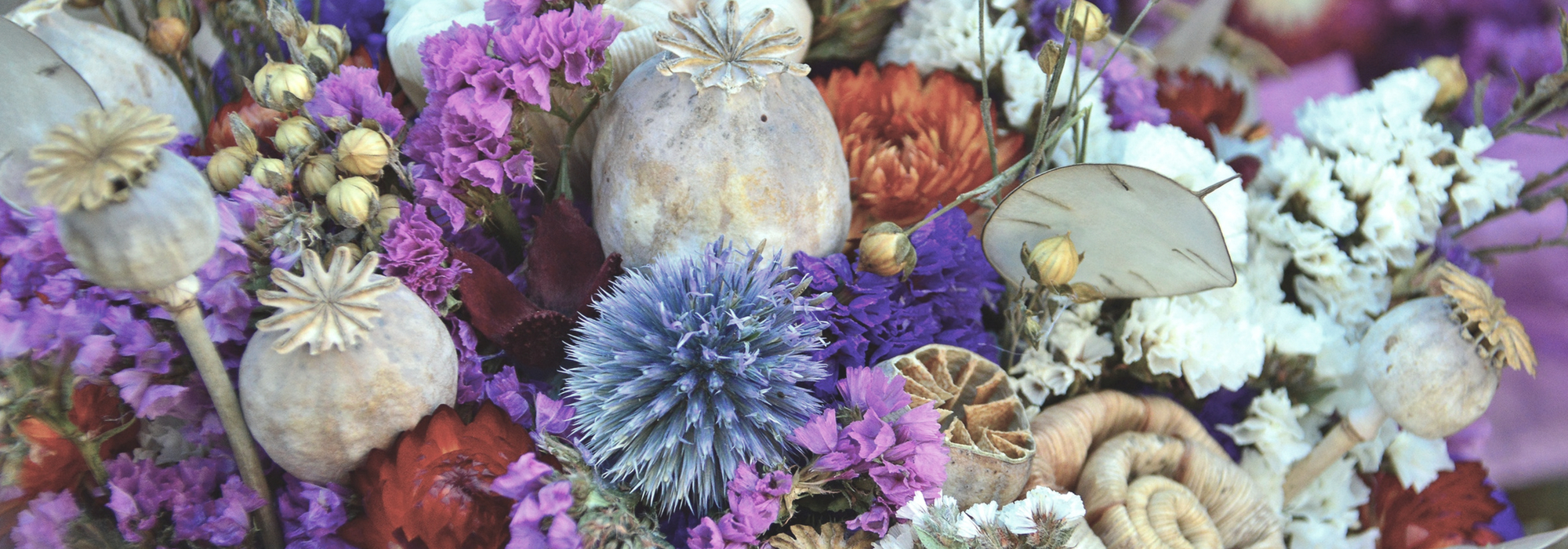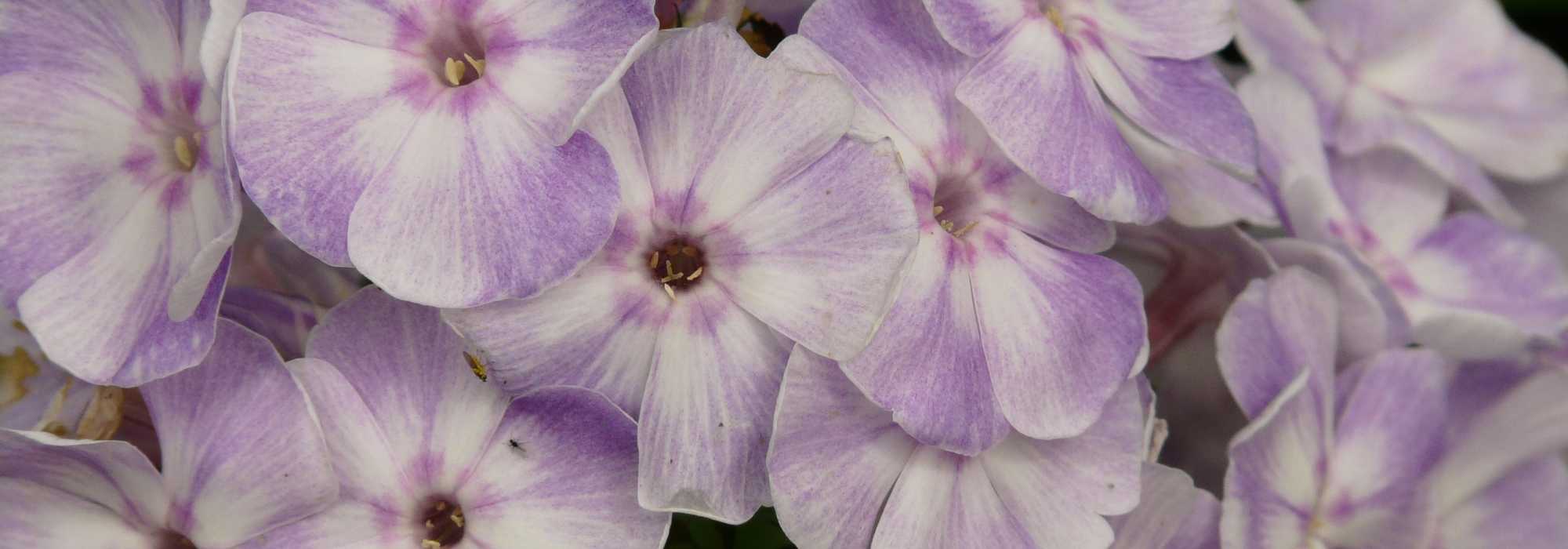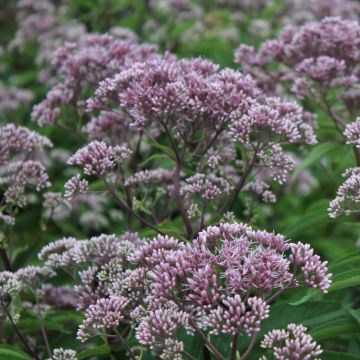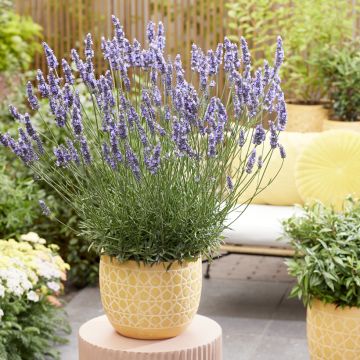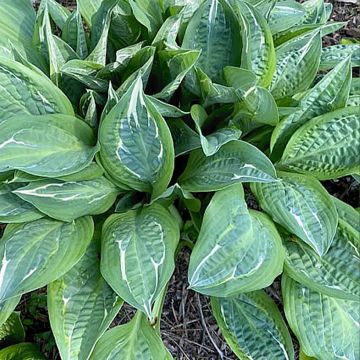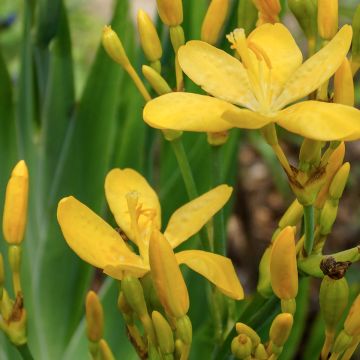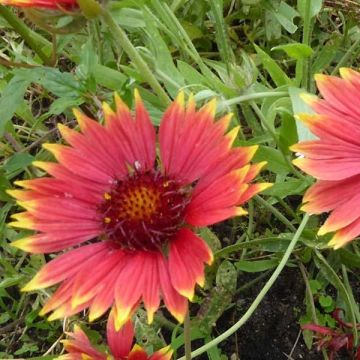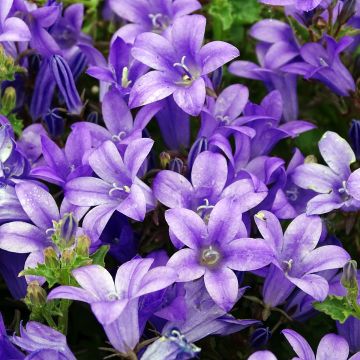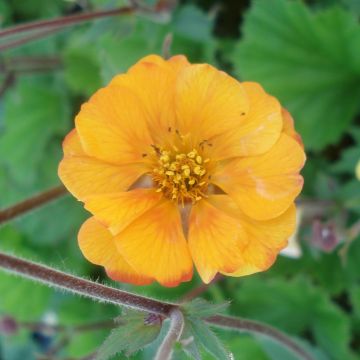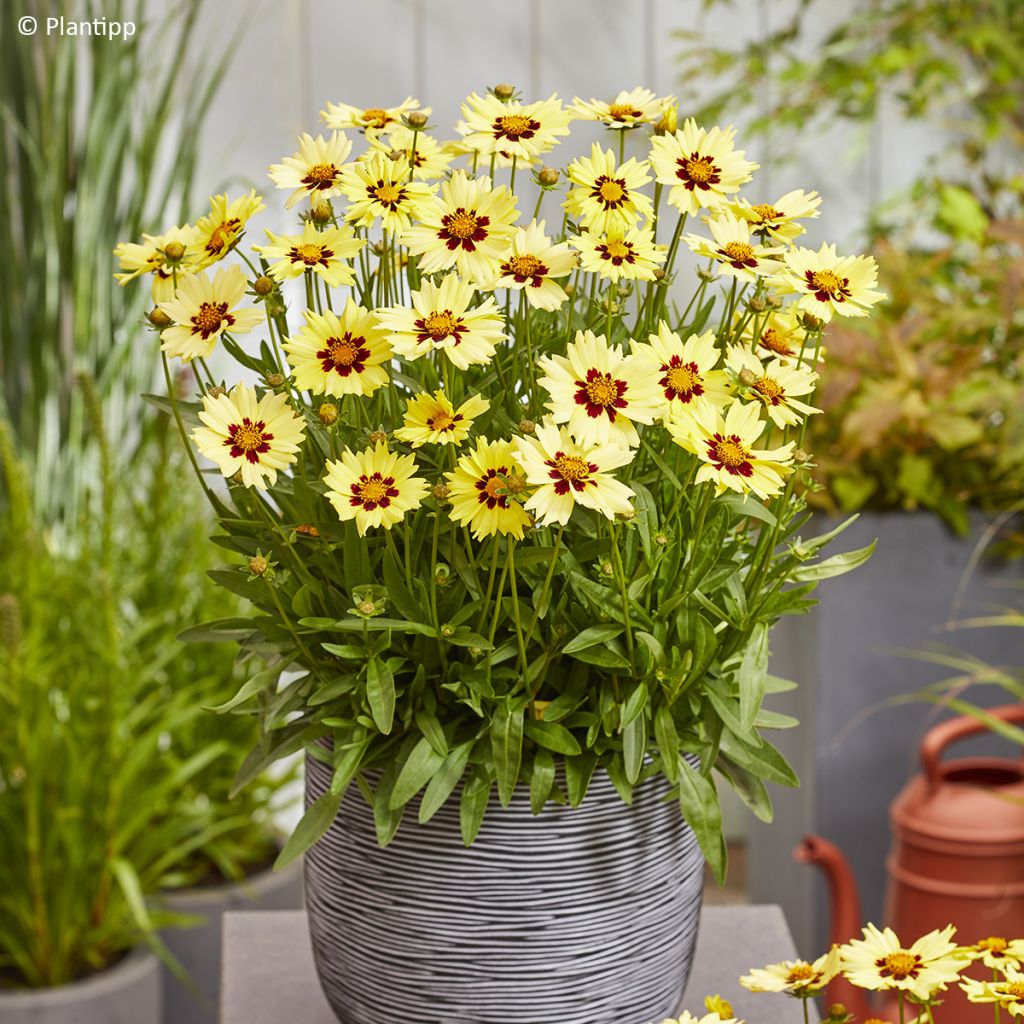

Coreopsis grandiflora Solar Moon - Large-flowered tickseed
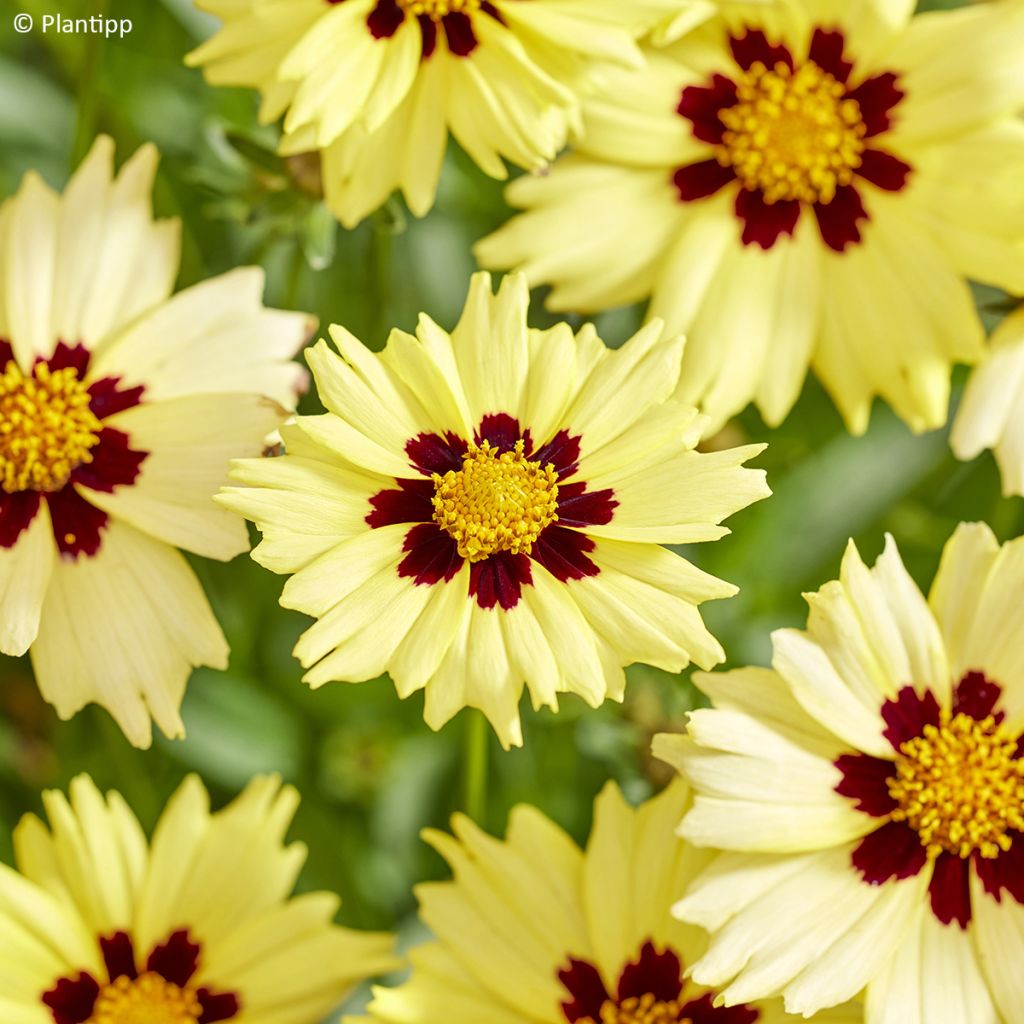

Coreopsis grandiflora Solar Moon - Large-flowered tickseed
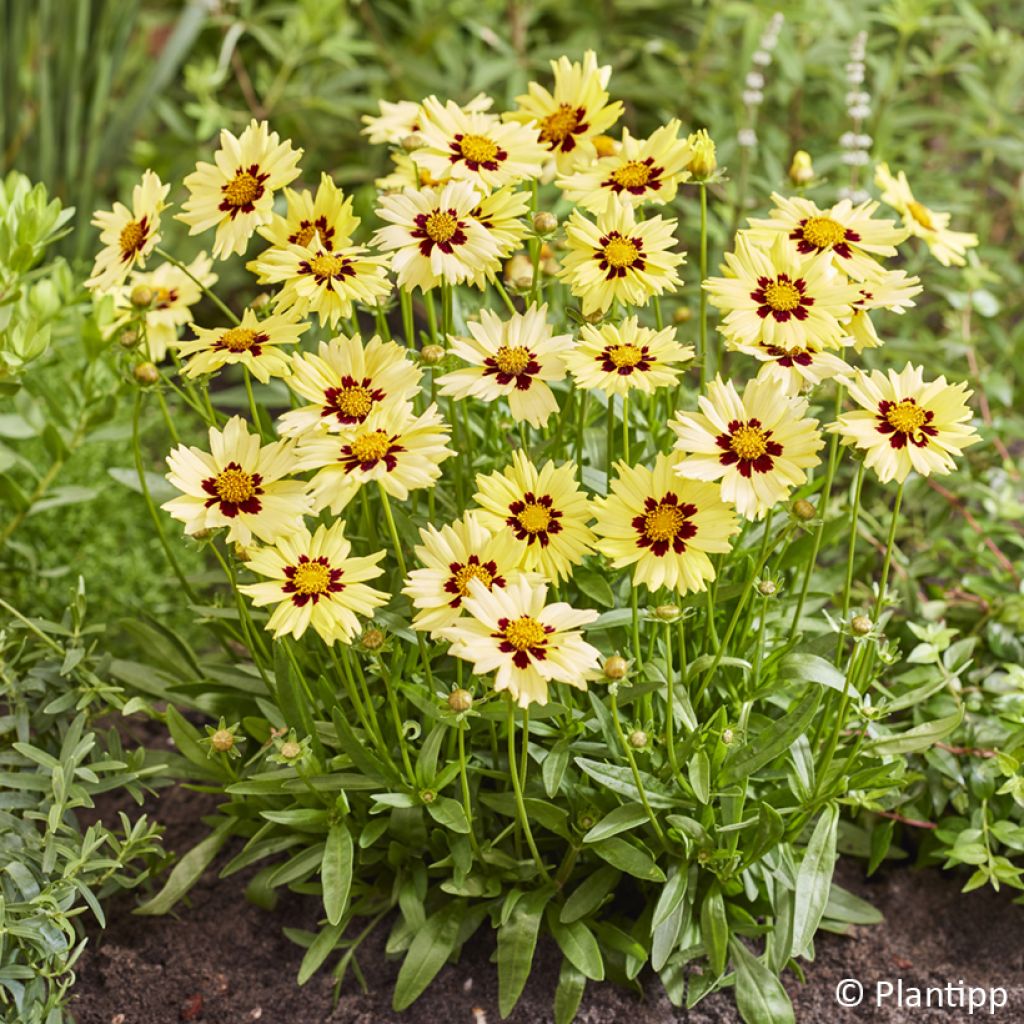

Coreopsis grandiflora Solar Moon - Large-flowered tickseed
Coreopsis grandiflora Solar Moon - Large-flowered tickseed
Coreopsis grandiflora 'MVNC1906' PBR (EU 68090) Solar Moon®
Large-flowered Tickseed, Golden Tickseed
Special offer!
Receive a €20 voucher for any order over €90 (excluding delivery costs, credit notes, and plastic-free options)!
1- Add your favorite plants to your cart.
2- Once you have reached €90, confirm your order (you can even choose the delivery date!).
3- As soon as your order is shipped, you will receive an email containing your voucher code, valid for 3 months (90 days).
Your voucher is unique and can only be used once, for any order with a minimum value of €20, excluding delivery costs.
Can be combined with other current offers, non-divisible and non-refundable.
Home or relay delivery (depending on size and destination)
Schedule delivery date,
and select date in basket
This plant carries a 12 months recovery warranty
More information
We guarantee the quality of our plants for a full growing cycle, and will replace at our expense any plant that fails to recover under normal climatic and planting conditions.
Would this plant suit my garden?
Set up your Plantfit profile →
Description
Coreopsis Solar Moon is a compact and incredibly floriferous perennial plant, which produces an abundance of large pastel yellow flowers with a red centre throughout the summer – and well beyond – soft and luminous like moonlight. Perfectly hardy and resistant to mildew, it adapts equally well to hot summers and harsh winters. Ideal for brightening up balconies, terraces, or sunny borders, this easy-going variety thrives in full sun or partial shade, in any type of soil, even poor or sandy.
Belonging to the Asteraceae family, just like "daisies", Coreopsis Solar Moon is part of the SOLAR® series selected by Marco van Noort, a Dutch breeder specialising in perennial plants. This series includes several cultivars of Coreopsis grandiflora chosen for their abundant flowering, disease resistance, and ease of cultivation. This Solar Moon cultivar was awarded the silver medal at Plantarium 2022 by the KVBC jury, a testament to its performance and originality. Its generous flowering period lasts from June to November, especially if faded flowers are regularly removed. Within a few months, the plant forms a bushy clump approximately 40 cm tall and 30 cm wide, covered in bright green foliage that is semi-evergreen in winter. The flower heads, measuring 5-6 cm in diameter and borne on slender yet sturdy stems, attract pollinators and perform well both in pots and in the ground. With very rapid growth and the ability to flower at a young age, this Coreopsis may struggle in very wet and cold winters, particularly in clay soil.
Coreopsis grandiflora Solar Moon is an excellent plant for brightening up flower borders, enlivening sunny slopes, or adding cheer to rockeries that aren’t too dry. It’s also a perfect choice for flowering terraces, thanks to its generous and luminous flowering. Its flowers also make cheerful bouquets. It pairs well with plants in warm tones such as blanket flowers, zinnias, woodland sages, or the compact Buenos Aires vervain 'Lollipop'. This small perennial also fits well in natural or slightly wild-style compositions, alongside light grasses, yarrows, or compact and multicoloured coneflowers like ‘Cheyenne Spirit’. Whether in pots, containers, or the ground, it flowers abundantly from the beginning of summer, with minimal maintenance and little watering required.
Coreopsis grandiflora Solar Moon - Large-flowered tickseed in pictures


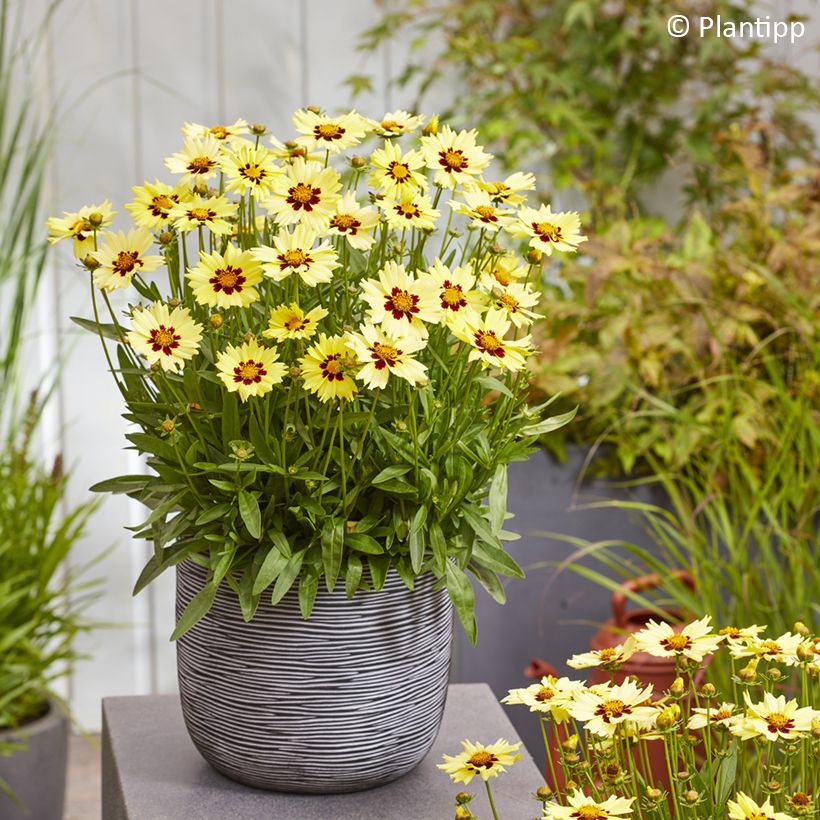

Flowering
Foliage
Plant habit
Botanical data
Coreopsis
grandiflora
'MVNC1906' PBR (EU 68090) Solar Moon®
Asteraceae
Large-flowered Tickseed, Golden Tickseed
Coreopsis grandiflora 'MVNC1906'
Cultivar or hybrid
Other Coreopsis - Tickseed
View all →Planting and care
Coreopsis grandiflora Solar Moon does not like stagnant moisture in winter or heavy, clayey and compact soils. To thrive, this plant requires a location in full sun and light, porous soil that is fairly rich, always well-drained, and neither too dry nor waterlogged. It tolerates a wide range of pH levels, from slightly acidic to slightly alkaline. Under these conditions, it flowers generously and proves long-lasting in the garden. To encourage flowering, it is important to regularly remove faded flowers. Severe pruning in July promotes a new wave of flowers in autumn and helps extend the plant's lifespan. Finally, remember to divide the clumps every three years or so to rejuvenate them and maintain their vigour.
Planting period
Intended location
Care
Planting & care advice
This item has not been reviewed yet - be the first to leave a review about it.
Similar products
Haven't found what you were looking for?
Hardiness is the lowest winter temperature a plant can endure without suffering serious damage or even dying. However, hardiness is affected by location (a sheltered area, such as a patio), protection (winter cover) and soil type (hardiness is improved by well-drained soil).

Photo Sharing Terms & Conditions
In order to encourage gardeners to interact and share their experiences, Promesse de fleurs offers various media enabling content to be uploaded onto its Site - in particular via the ‘Photo sharing’ module.
The User agrees to refrain from:
- Posting any content that is illegal, prejudicial, insulting, racist, inciteful to hatred, revisionist, contrary to public decency, that infringes on privacy or on the privacy rights of third parties, in particular the publicity rights of persons and goods, intellectual property rights, or the right to privacy.
- Submitting content on behalf of a third party;
- Impersonate the identity of a third party and/or publish any personal information about a third party;
In general, the User undertakes to refrain from any unethical behaviour.
All Content (in particular text, comments, files, images, photos, videos, creative works, etc.), which may be subject to property or intellectual property rights, image or other private rights, shall remain the property of the User, subject to the limited rights granted by the terms of the licence granted by Promesse de fleurs as stated below. Users are at liberty to publish or not to publish such Content on the Site, notably via the ‘Photo Sharing’ facility, and accept that this Content shall be made public and freely accessible, notably on the Internet.
Users further acknowledge, undertake to have ,and guarantee that they hold all necessary rights and permissions to publish such material on the Site, in particular with regard to the legislation in force pertaining to any privacy, property, intellectual property, image, or contractual rights, or rights of any other nature. By publishing such Content on the Site, Users acknowledge accepting full liability as publishers of the Content within the meaning of the law, and grant Promesse de fleurs, free of charge, an inclusive, worldwide licence for the said Content for the entire duration of its publication, including all reproduction, representation, up/downloading, displaying, performing, transmission, and storage rights.
Users also grant permission for their name to be linked to the Content and accept that this link may not always be made available.
By engaging in posting material, Users consent to their Content becoming automatically accessible on the Internet, in particular on other sites and/or blogs and/or web pages of the Promesse de fleurs site, including in particular social pages and the Promesse de fleurs catalogue.
Users may secure the removal of entrusted content free of charge by issuing a simple request via our contact form.
The flowering period indicated on our website applies to countries and regions located in USDA zone 8 (France, the United Kingdom, Ireland, the Netherlands, etc.)
It will vary according to where you live:
- In zones 9 to 10 (Italy, Spain, Greece, etc.), flowering will occur about 2 to 4 weeks earlier.
- In zones 6 to 7 (Germany, Poland, Slovenia, and lower mountainous regions), flowering will be delayed by 2 to 3 weeks.
- In zone 5 (Central Europe, Scandinavia), blooming will be delayed by 3 to 5 weeks.
In temperate climates, pruning of spring-flowering shrubs (forsythia, spireas, etc.) should be done just after flowering.
Pruning of summer-flowering shrubs (Indian Lilac, Perovskia, etc.) can be done in winter or spring.
In cold regions as well as with frost-sensitive plants, avoid pruning too early when severe frosts may still occur.
The planting period indicated on our website applies to countries and regions located in USDA zone 8 (France, United Kingdom, Ireland, Netherlands).
It will vary according to where you live:
- In Mediterranean zones (Marseille, Madrid, Milan, etc.), autumn and winter are the best planting periods.
- In continental zones (Strasbourg, Munich, Vienna, etc.), delay planting by 2 to 3 weeks in spring and bring it forward by 2 to 4 weeks in autumn.
- In mountainous regions (the Alps, Pyrenees, Carpathians, etc.), it is best to plant in late spring (May-June) or late summer (August-September).
The harvesting period indicated on our website applies to countries and regions in USDA zone 8 (France, England, Ireland, the Netherlands).
In colder areas (Scandinavia, Poland, Austria...) fruit and vegetable harvests are likely to be delayed by 3-4 weeks.
In warmer areas (Italy, Spain, Greece, etc.), harvesting will probably take place earlier, depending on weather conditions.
The sowing periods indicated on our website apply to countries and regions within USDA Zone 8 (France, UK, Ireland, Netherlands).
In colder areas (Scandinavia, Poland, Austria...), delay any outdoor sowing by 3-4 weeks, or sow under glass.
In warmer climes (Italy, Spain, Greece, etc.), bring outdoor sowing forward by a few weeks.






























